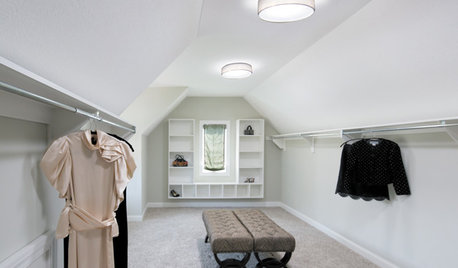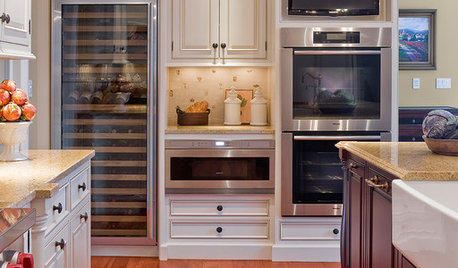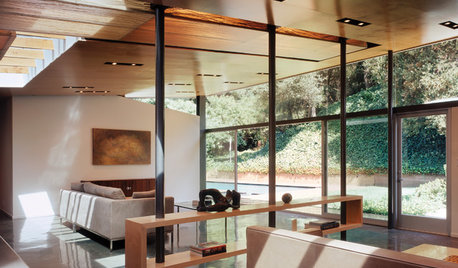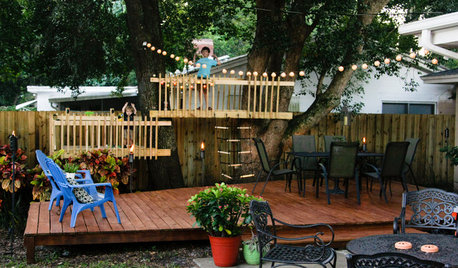CFLs vs. long tubes
ionized_gw
12 years ago
Related Stories

GREAT HOME PROJECTSHow to Add a Skylight or Light Tube
New project for a new year: Increase daylight and maybe even your home’s energy efficiency by opening a room to the sky
Full Story
KITCHEN DESIGNGlued to the Tube: 14 Ways to Put a TV in the Kitchen
If you must, here's how to work a flat screen into your kitchen design
Full Story
GREEN BUILDINGLook to the Sun for More of Your Home's Lighting
Manage sunlight with design-savvy windows, solar tubes and skylights to save energy and show your home's beauty
Full Story
FUN HOUZZ9 Places for the TV We Haven't Seen — Yet
Tube watching ventures into uncharted territory. How far would you go in your own home?
Full Story
BUDGET DECORATINGPop Culture Watch: Get a Good Rap With Thrift Store Scores
Eight rooms that rock secondhand finds, in an ideabook inspired by rappers taking YouTube by storm
Full Story
DECORATING GUIDESDecorate With Intention: Helping Your TV Blend In
Somewhere between hiding the tube in a cabinet and letting it rule the room are these 11 creative solutions
Full Story
ARCHITECTUREThe Bay Window Goes Modern
Square tubes, cantilevered cubes, mixed glass ... new plays on bay windows are boldly branching out in modern architecture
Full Story
GARDENING AND LANDSCAPINGDIY Tree Forts and Deck Bring Out the Neighborhood Kids
Using YouTube videos, this couple turned a mud pit into a popular outdoor entertaining spot
Full Story
LIGHTINGBask in Lamplight's Comfort This Season
Get pro insight on lamp styles, shades and ever-confusing bulbs to enjoy the benefits of lamplight on long, cold nights
Full Story
GARDENING GUIDESGreat Design Plant: Lonicera Sempervirens
Grow this long-blooming, flashy flowering vine to cover a fence or arbor and attract hordes of hummingbirds all season long
Full StoryMore Discussions










bus_driver
bus_driver
Related Professionals
Anchorage General Contractors · Bryn Mawr-Skyway General Contractors · Delhi General Contractors · Kemp Mill General Contractors · Ken Caryl General Contractors · Kilgore General Contractors · Norristown General Contractors · Shorewood General Contractors · Syosset General Contractors · Arlington Handyman · Emeryville Solar Energy Systems · Teaneck Solar Energy Systems · Port Washington Home Automation & Home Media · Riverside Home Automation & Home Media · Seattle Home Automation & Home Mediaionized_gwOriginal Author
yosemitebill
lee676
lee676
bus_driver
mike_kaiser_gw
Ron Natalie
ionized_gwOriginal Author
snarke
snarke
yosemitebill
Ron Natalie
yosemitebill
countryboymo
yosemitebill
bus_driver
brickeyee
countryboymo
brickeyee
yosemitebill
countryboymo
brickeyee
bus_driver
brickeyee
countryboymo